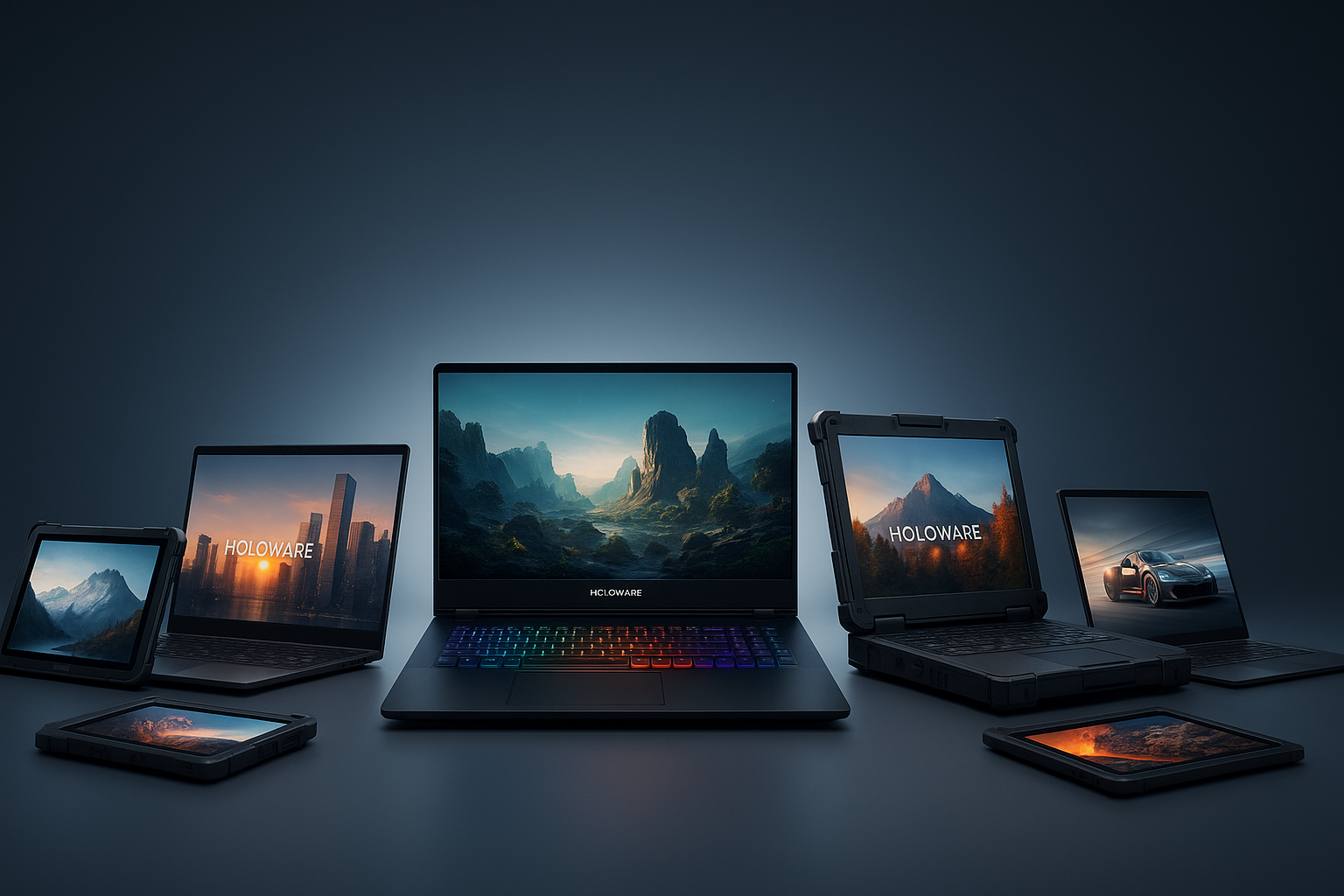
Choose Power with Clarity
Professional workstations engineered for creators, developers, and enterprises. Built in India, backed by expertise, designed for the future.
Spec Decision Guide
Understand the 'why' behind every component before you configure
CPU
Cores & Clock Speed
More cores accelerate renders; high clocks make timelines snappier
GPU
VRAM & Compute Units
VRAM determines model size; compute units drive rendering speed
RAM
Capacity & Speed
Capacity for large datasets; speed for real-time workflows
Storage
NVMe Lanes & RAID
PCIe lanes determine throughput; RAID provides speed and redundancy
PSU & Thermals
Wattage & Cooling
Adequate power prevents throttling; proper cooling maintains performance
Noise Envelope
Acoustics & Environment
Balance performance with workspace noise requirements
Industry Use Cases
Tailored configurations for professional workloads with real-world performance metrics and expert recommendations
Video Editing
4K/8K Multi-Stream
Handle multiple 4K streams, real-time effects, and fast export times
Typical Workloads:
Recommended Build:
Prioritizes GPU encoding, fast storage for scratch files
Why it works:
High core count handles background tasks while editing. Large VRAM prevents timeline stuttering with effects. Fast storage eliminates bottlenecks during scrubbing.
4K ProRes export: ~2.5x real-time, 8K timeline: 60fps playback
Local LLM
7B-70B Models
Run large language models locally with optimal speed and safety
Typical Workloads:
Recommended Build:
VRAM determines max model size, RAM for context length
Why it works:
24GB VRAM runs 70B models with 4-bit quantization. Large system RAM enables long conversations. Fast CPU handles tokenization and system overhead.
70B model: ~15 tokens/sec, 7B model: ~80 tokens/sec
3D Modeling/Rendering
Viewport & Production
Smooth viewport navigation and fast final rendering
Typical Workloads:
Recommended Build:
Balance viewport performance with render speed
Why it works:
High CUDA core count accelerates Cycles, OptiX, and viewport shading. Large VRAM handles complex scenes without slowdown. CPU cores provide rendering fallback.
Blender BMW scene: 45sec, Viewport: 60fps with 10M polys
Data Science
ML Training & Analysis
Process large datasets and train machine learning models efficiently
Typical Workloads:
Recommended Build:
PCIe lanes for multiple accelerators, ECC for reliability
Why it works:
Large RAM holds entire datasets in memory. GPU VRAM determines model complexity. High-bandwidth storage prevents I/O bottlenecks during training.
ResNet-50 training: 2.5hrs, 100GB dataset load: 45sec
CAD/CAM
Design & Manufacturing
Precision modeling with fast simulation and toolpath generation
Typical Workloads:
Recommended Build:
Balance single-thread for CAD, multi-thread for CAM
Why it works:
High single-thread performance keeps CAD operations responsive. Multi-core handles complex simulations and toolpath generation. Professional GPU drivers ensure stability.
SolidWorks rebuild: <2sec, Fusion 360 simulation: 5min
Configure Your Perfect Workstation
Build your dream workstation with our interactive configurator
Interactive Configurator
Build your perfect workstation with real-time compatibility checks and performance estimates
Step 1 of 7
What will you primarily use this workstation for?
Unable to load workload options
Performance Benchmarks
Interactive performance data with real-world metrics to help you make informed decisions
Benchmark Categories
Blender Cycles & OptiX performance
Performance Leader
RTX 4090 delivers the highest real-world performance in this category.
Best Value
RTX 4070 Ti offers excellent performance-to-price ratio for most professional workloads.
Data Notes: Representative performance based on standardized testing. Final numbers depend on complete system configuration, cooling, and specific workload optimization. Real-world scores reflect typical usage scenarios with background processes.
Get Your Quote
Holoware AI Assistant
Spec recommendations & build advice
For complex requirements, I can connect you with our technical team